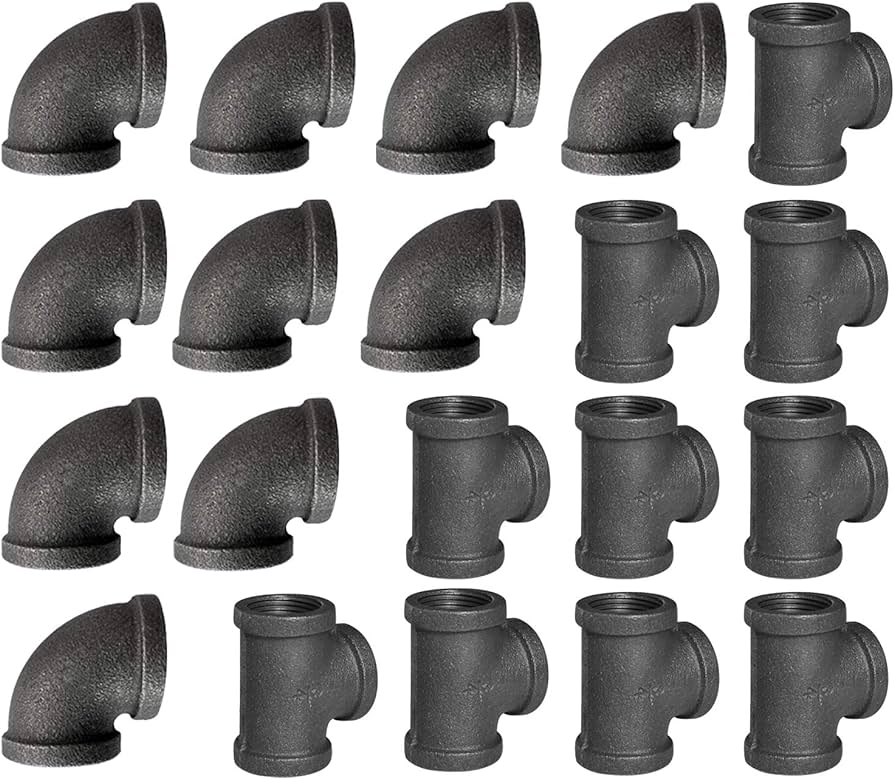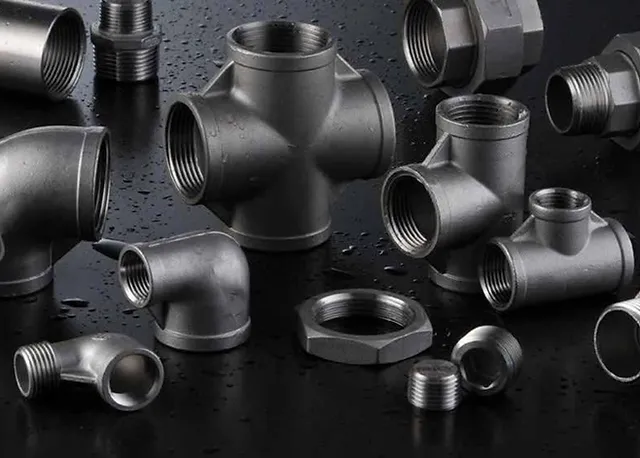Tee fittings are an essential component in many industrial and commercial applications, used to connect pipes and tubes in various configurations. There are several types of tee fittings available, each with its unique features and benefits. In this article, we will provide a comprehensive guide to the different types of tee fittings, their applications, and factors to consider when selecting the right tee fitting for your needs.
Types of Tee Fittings
Tee fittings can be broadly classified into several categories based on their design, material, and application. Here are some of the most common types of tee fittings:
Equal Tee Fittings: These tee fittings have equal-sized branches and are commonly used in piping systems where the flow rate is the same in all directions.
Reducing Tee Fittings: These tee fittings have one branch that is smaller than the other two and are used to reduce the size of a pipe or tube.
Expanding Tee Fittings: These tee fittings have one branch that is larger than the other two and are used to increase the size of a pipe or tube.
Elbow Tee Fittings: These tee fittings have a 90-degree bend in one branch, and are used to change the direction of a pipe or tube.
Tapered Tee Fittings: These tee fittings have a tapered branch that gradually reduces in size, and are used to connect pipes or tubes with different diameters.
Barbed Tee Fittings: These tee fittings have a barbed branch that is used to connect hoses or tubes with a matching barb.
Compression Tee Fittings: These tee fittings use a compression nut to connect the branches, and are commonly used in water and gas applications.
Flared Tee Fittings: These tee fittings have a flared branch that is used to connect tubes with a matching flare.

Factors to Consider When Selecting Tee Fittings
When selecting tee fittings, there are several factors to consider, including:
Material: Tee fittings are made from a variety of materials, including stainless steel, carbon steel, brass, and plastic. The material selection depends on the application, the fluid being transported, and the desired durability.
Size: The size of the tee fitting is critical, as it needs to match the size of the pipes or tubes being connected.
Pressure rating: The pressure rating of the tee fitting must be able to withstand the pressure of the fluid being transported.
Temperature rating: The temperature rating of the tee fitting must be able to withstand the temperature of the fluid being transported.
Connection type: Tee fittings can have different connection types, such as threaded, welded, or push-fit. The connection type selection depends on the application and the desired ease of installation.
Applications of Tee Fittings
Tee fittings have a wide range of applications in various industries, including:
Plumbing: Tee fittings are used to connect pipes and tubes in plumbing systems, supplying water, gas, and waste.
HVAC: Tee fittings are used in heating, ventilation, and air conditioning systems to connect pipes and tubes.
Industrial: Tee fittings are used in industrial applications, such as chemical processing, oil and gas production, and manufacturing.
Medical: Tee fittings are used in medical applications, such as in hospitals, clinics, and laboratories.
Food and beverage: Tee fittings are used in food and beverage applications, such as in breweries, wineries, and food processing plants.

Conclusion
Tee fittings are an essential component in many industrial and commercial applications, used to connect pipes and tubes in various configurations. There are several types of tee fittings available, each with its unique features and benefits. When selecting tee fittings, it is important to consider factors such as material, size, pressure rating, temperature rating, and connection type. Tee fittings have a wide range of applications in various industries.
